Popular varieties of alpine strawberries and their features
As you know, wild strawberries have the highest organoleptic properties (pronounced aroma, excellent taste), although the berry itself is much smaller than that of garden (varietal) strawberries, which are often called strawberries. Relatively recently, breeders set themselves the task of developing a varietal strawberry that has all the qualities of a forest, but with a larger berry. It was decided to use wild plants that live in alpine forests as a working material. As a result of painstaking work, unique varieties were obtained, united in the group "alpine garden strawberry" (lat. Fragaria vesca var. Alpina).
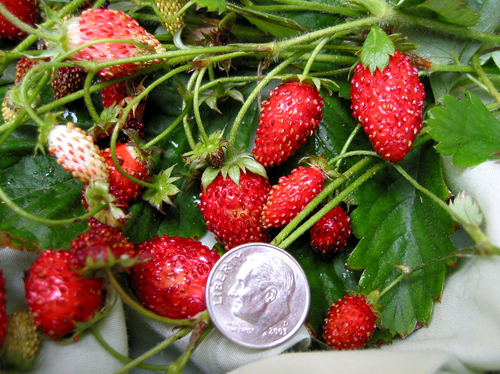
Features of the varietal group of alpine strawberries
Plants are short and compact. The peduncle rises above the rosette of leaves, it is powerful enough and does not bend under the weight of the berries, protecting them from contact with the soil. This not only serves to prevent fungal diseases, but also significantly reduces the labor intensity of picking berries.
As a rule, the fruits of varietal strawberries are quite small (weight varies from 4 to 7 grams), although there are large-fruited varieties (September surprise and Alpine giant). The pulp of the berries is quite dense, which gives an advantage during transportation. The aroma is pronounced, the taste is rich, sweet. Most varieties of alpine strawberries have red berries; there are also varieties with yellow and white fruits.
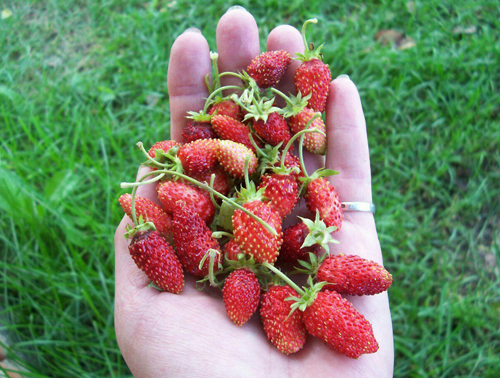
Alexandria
The culture is relatively light tolerant - it feels great both in the sun and with a little shade. By the way, varieties of the Alpine group can be grown in a pot culture, and transferred to the windowsill before the onset of frost.
All varieties of this culture belong to the category of remontant, enter fruiting 2-3 years after planting. Plants bloom around mid-May, and begin to bear fruit from June to autumn.
Almost all varieties of alpine strawberries are "mustache", which greatly facilitates planting care. Vegetative propagation of the culture is possible by dividing the bush, but it can also be quickly propagated by seeds. Unlike traditional varieties of garden strawberries, the alpine group retains all varietal characteristics during seed propagation.
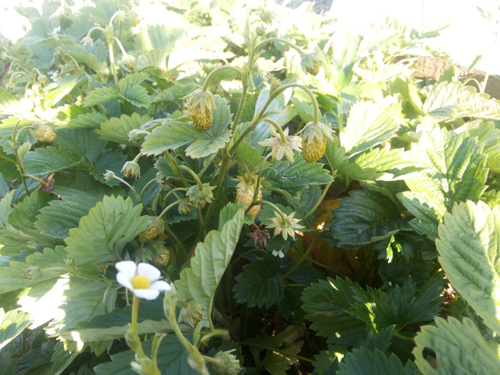
Zolotinka
Plants are resistant (resistant) to most common diseases, they can withstand up to -35 ° C under a layer of snow, and are quite drought-resistant.
Garden strawberries of the alpine group are responsive to foliar feeding with micronutrient fertilizers (boron, zinc and manganese). Treatment with micronutrient fertilizers is carried out with the beginning of the laying of flower buds. For feeding, you can use solutions of boric acid, zinc sulfate and potassium permanganate, but the most ideal option is the use of boron, zinc and manganese chelates. Using chelates (available from specialized stores) significantly reduces labor costs and saves time. In addition, chelating complexes are more effective than self-prepared solutions.
To increase yields, it is also necessary to carry out top dressing at the root. Before flowering, it is recommended to feed the plant with mullein infusion (1 part infusion for 10 parts of water) and an ash solution (250 g for 10 liters). The indicated dosages are calculated for the treatment of 5 running meters of the garden bed.
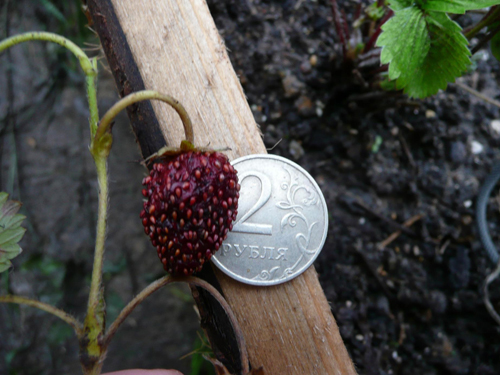
Alpine giant
Before wintering, the ridges are mulched with a layer of humus (you can use a large fraction of sawdust or straw).
Most popular varieties
Dream... Early ripening. Recommended for growing in open ground, in greenhouses, as well as on a windowsill. Differs in high frost resistance, easily tolerates short-term drought. The weight of the berries varies between 3-5 grams. The taste is sweet, the aroma is pronounced. The berry is red.
Alexandria... Early ripening. Plants are compact, undersized; thickened fit is permissible. Produces well with little shade. Berry weighing 2-4 grams, elongated, dark red. The fruits are distinguished by their high taste and excellent aroma. The variety is resistant to most diseases.
Rügen... Early maturing, does not give a mustache. The berry is red, weighing 2-5 grams, fragrant, sweet. This alpine strawberry bears fruit from the beginning of summer until frost. High frost resistance.
Zolotinka... Mustacheless variety of mid-early ripening. The berry is elongated, yellow. Fruit weight is usually 3-4 grams, but under proper conditions it can reach 6 grams. The taste of berries is sweet, honey.
White Lotus... Early ripening. Forms a large number of mustaches; inflorescences and ovaries on daughter rosettes are formed even without rooting, which gives an advantage when growing on mulch beds, as well as on a windowsill in a pot culture. The berry is white, weighing 7-10 grams. Average frost resistance.
Snow White... Medium early high-yielding variety. Doesn't give a mustache. Spreading bushes. The berries are white, weighing up to 4 grams. The fruits are sweet, with a “pineapple” aroma. Strawberries are resistant to many diseases and easily tolerate frost.
September surprise... Large-fruited late-ripening variety; does not form a mustache. The weight of the berries is about 8 grams (there is information that they can reach 12-19 grams). The fruits are red, the flesh is dense, the aroma with tart notes.
Alpine giant... Ultra early grade. Differs in high productivity, as it begins to bear fruit very early (from the end of May), which lasts until frost. The berry is red, weighing more than 10 grams. Average frost resistance.
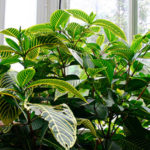
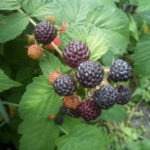
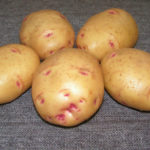
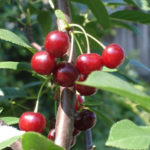
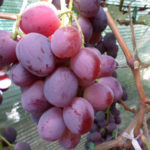




Last summer I discovered this wonderful plant - I made a small garden bed and planted the variety "Alexandria" (or "Alexandrina" - there are different spellings). Large berries of an elongated shape in taste and smell are really no different from ordinary wild strawberries. The first flower stalks appeared in June, and the last berries (though already fresh in taste) I picked at the end of October, after the first frost. Plants threw out flower stalks and bore fruit all season continuously, as if they were "wound up". In care, this strawberry is absolutely unpretentious - it was mulched with mowed grass and watered regularly - this was quite enough.